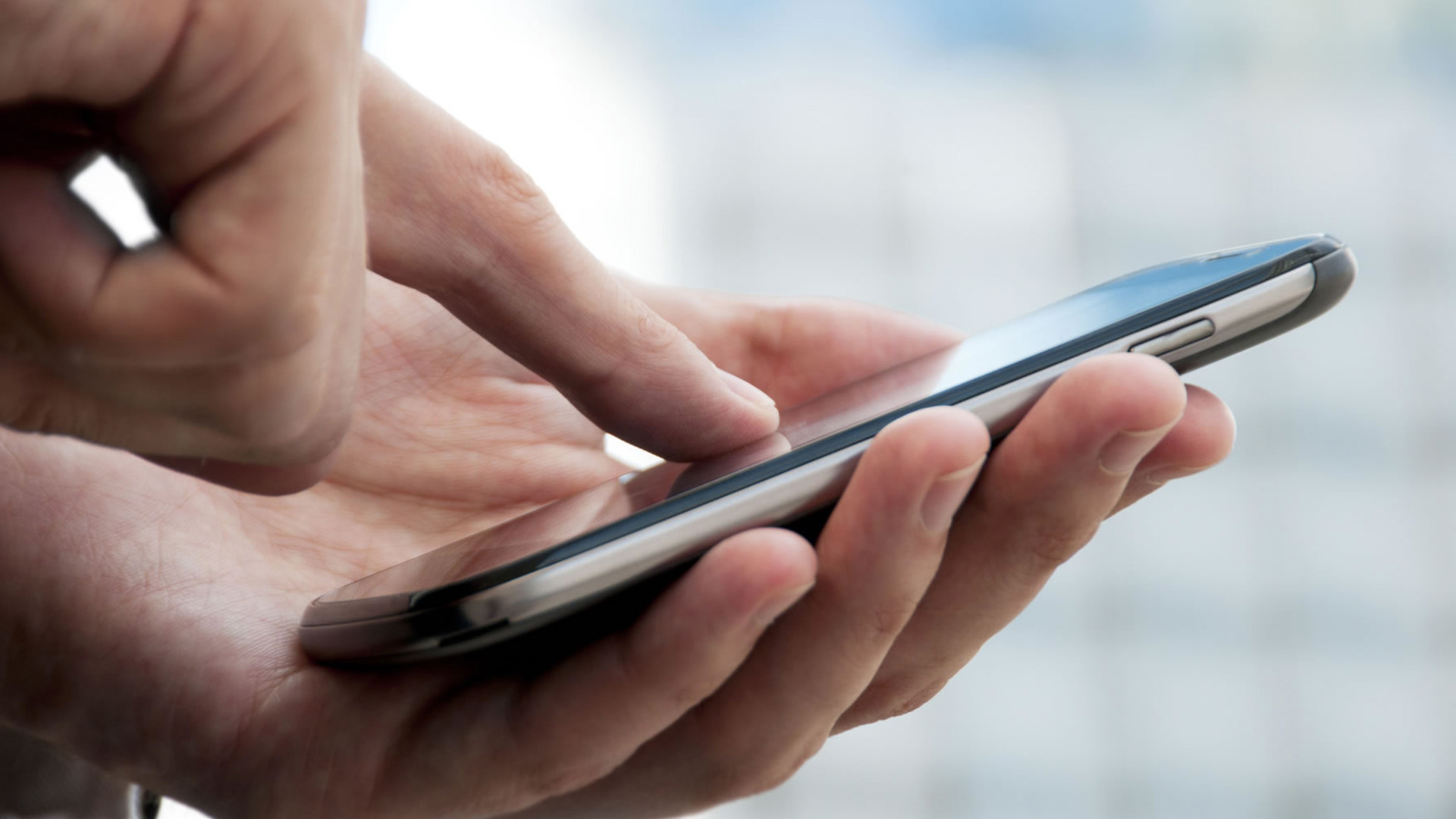Bullitt leading the phone space race
A new phone can send messages through space

Bullitt, the British smartphone manufacturer, revealed the launch of a phone that can send messages through space, thus joining an array of companies working towards commercializing satellite-enabled handsets. This venture marks an exciting step for Bullitt.
These phones can send messages to geostationary satellites around 22,000 miles above the Equator, who then relay the data back to Earth-based network infrastructure and reach the user's devices.
This message will be received as a standard SMS. To respond, users will need Bullitt Messenger (the company's proprietary satellite message app) installed.
Text messages take around 10 seconds to send, which is slower than the near instantaneity of cell phones. Satellite connection kicks in only when a user is outside Wi-Fi or mobile networks' range. Meanwhile, Apple and Qualcomm are making a bet on the potential of satellite phones reaching remote areas.
Satellite technology
Satellite phones have been around for decades, however, their technology has yet to truly take off. Bullitt hopes their gear will change this by creating regular-looking smartphones with a satellite-enabled chip from Taiwanese semiconductor manufacturer MediaTek. While other satellite phones feature large, visible antennae, which may look unattractive, Bullitt phones look much sleeker thanks to the smaller chip.
Bullitt's satellite coverage will be available immediately upon launch in Europe and North America; Australia/New Zealand, Africa, Latin America, and Latin America will follow by mid-2023.
Dominating the space
Richard Wharton, founder of Bullitt Group, explained how their company had been able to connect phones to satellites in order to provide two-way messaging services using existing assets. Wharton explained during MWC23 that Bullitt Group is taking a different approach than its rivals SpaceX and Apple by adopting the 3GPP standard.
Sign up to the TechRadar Pro newsletter to get all the top news, opinion, features and guidance your business needs to succeed!
“That has allowed us to sort of potentially get ahead,” he told Mobile World Live.
He further outlined two primary options for satellite-to-phone services. One involved using new spectrum and birds; the second was the Bullitt Group approach, which utilizes existing assets with modified equipment. The second way aims at the speed and utilization of assets that are available.
He replied, that this is the quickest route as they already have the devices, which they’re shipping into the channel, which in turn ensures that the service goes live.
Bullitt Group was awarded a Glomo Award for their Motorola Defy Sat Link dongle, which connects smartphones to the company's satellite messaging service, during the event.
- Here are the best business phone services at the moment
Via: Mobile World Live
Sead is a seasoned freelance journalist based in Sarajevo, Bosnia and Herzegovina. He writes about IT (cloud, IoT, 5G, VPN) and cybersecurity (ransomware, data breaches, laws and regulations). In his career, spanning more than a decade, he’s written for numerous media outlets, including Al Jazeera Balkans. He’s also held several modules on content writing for Represent Communications.